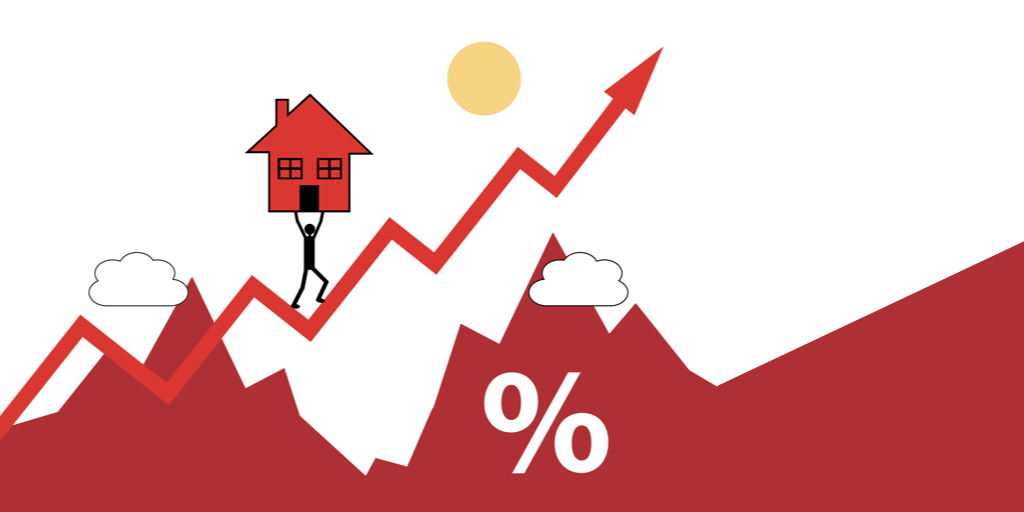Editor in Chief: HECMWorld.com
As a prominent commentator and Editor in Chief at HECMWorld.com, Shannon Hicks has played a pivotal role in reshaping the conversation around reverse mortgages. His unique perspectives and deep understanding of the industry have not only educated countless readers but has also contributed to introducing practical strategies utilizing housing wealth with a reverse mortgage.
Shannon’s journey into the world of reverse mortgages began in 2002 as an originator and his prior work in the financial services industry. Shannon has been covering reverse mortgage news stories since 2008 when he launched the podcast HECMWorld Weekly. Later, in 2010 he began producing the weekly video series The Industry Leader Update and Friday’s Food for Thought.
Readers wishing to submit stories or interview requests can reach our team at: info@hecmworld.com.









1 Comment
We have yet to see a major recession that in the long-term creates demand for reverse mortgages.
The trend in endorsements in the last decade has been breath taking. During fiscal 2009, HECM endorsement production almost reached 115,000. Then production dropped for three straight years with fiscal 2012 only reaching 47.6% of the HECM endorsement production we saw in fiscal 2009.
In the next six years, we saw one of the most perfect pictures of slightly downward sloping, hill to valley, secular stagnation that I have ever seen. Displayed in a graph, the trend was almost textbook perfect. The period of stagnation started at about 60,100 in fiscal 2013 and ended at 48,359 for fiscal 2018. Its two other peaks were in fiscal 2015 and 2017. In endorsements they were 58,053 and 55,292 respectively. The two other valleys were: 1) fiscal 2014 with 51,652 endorsements and 2) 2016 with 48,902. In downward sloping hill to valley secular stagnation, each peak occurs every other year with the first peak being the highest and each successive peak is lower than the one before it. The same is true with each successive valley with the first valley having the highest endorsement numbers and each valley having less than the one that preceded it.
It was generally hoped that there would be a huge rise in endorsements so that the stagnation of the last six fiscal years would end on a positive note. HECM endorsement production in fiscal 2019 is heading in the opposite direction. It will most likely be THE largest percentage loss in HECM endorsement production when comparing HECM endorsement production of one fiscal year to the next (at over 32%). Up until now fiscal 2010 held that crown at 31%.
Anecdotes in the industry are trying to persuade us that the almost 16,000 lower HECM endorsement production in fiscal 2019 will be mostly made for by proprietary reverse mortgages. Back in 2007 when we had much better proprietary reverse mortgages even with growing lines of credit, we heard claims that by 2010, HECM closings would only represent 20% of all reverse mortgage closings. Guess what? By the end of fiscal 2008, not one proprietary reverse mortgage lender was willing to close any proprietary reverse mortgages.
Will the industry produce even 4,000 closed proprietary reverse mortgages during fiscal 2019? When lenders will not disclose their mortgage production numbers, that generally means they are lower than what the lenders want them to be.
Those are the facts, now what are we going to do about them? With far fewer originators today than in 2009, there is more opportunity today than almost any time in the last 8 or so years. Based on today’s expected interest rates, PLFs are almost what they were before October 2, 2017. Even though their closings appear to relatively low (except when compared to HECMs for Purchase), the industry now has proprietary reverse mortgages that have shown themselves to have more demand than any other types since fiscal 2008. On a relative overall basis, fiscal 2020 has slightly more promise than fiscal 2019.